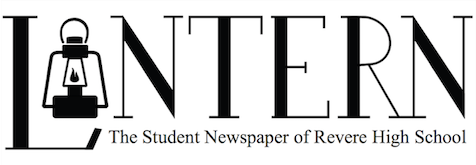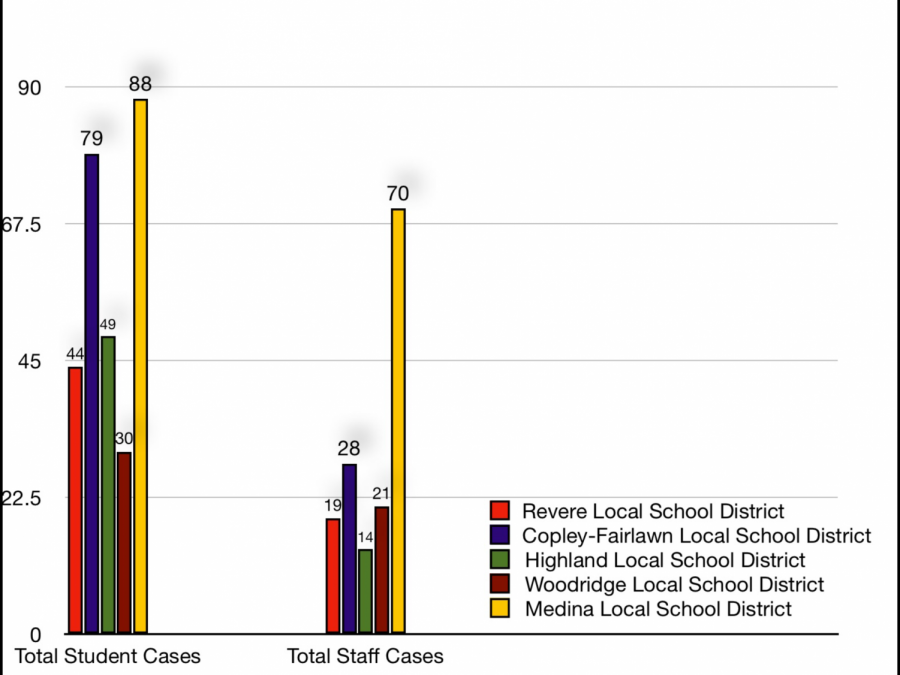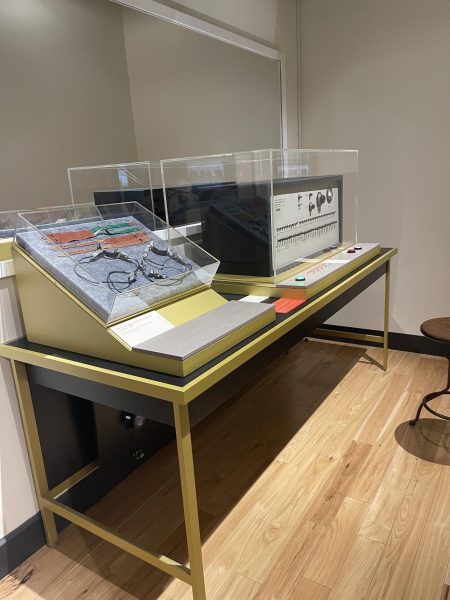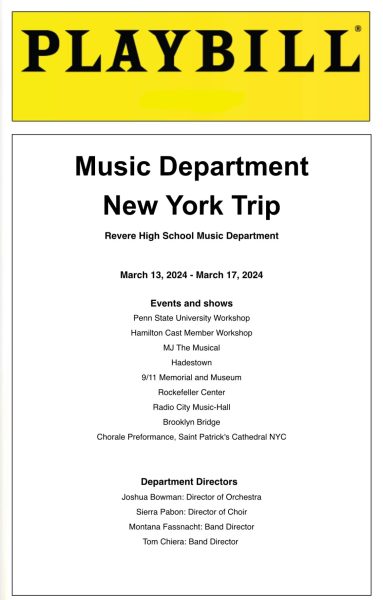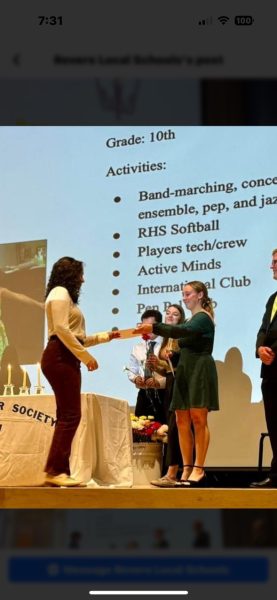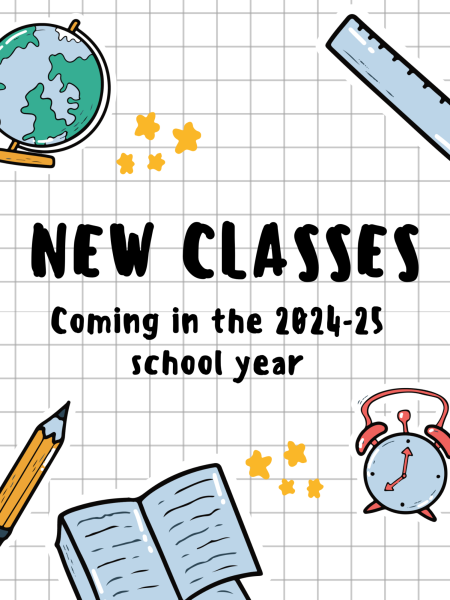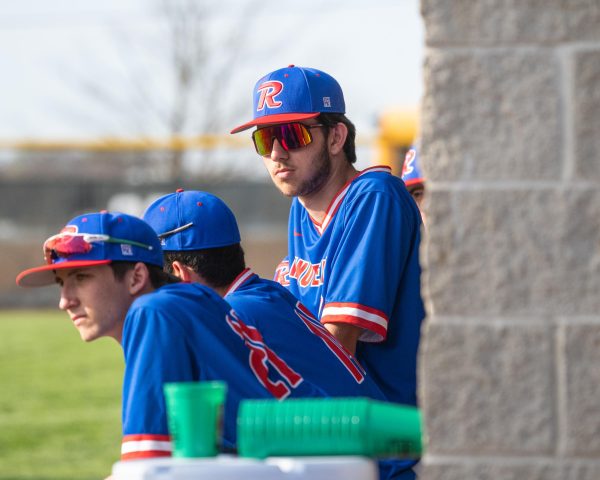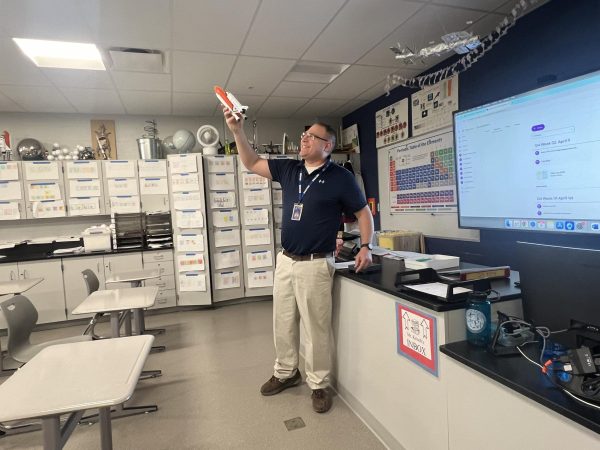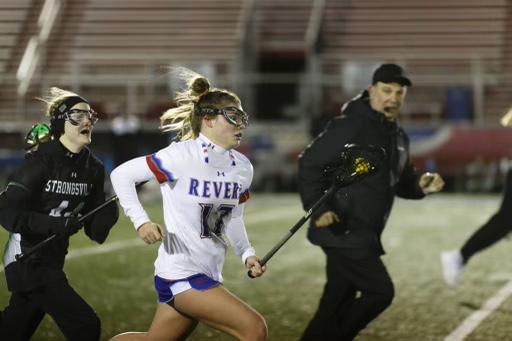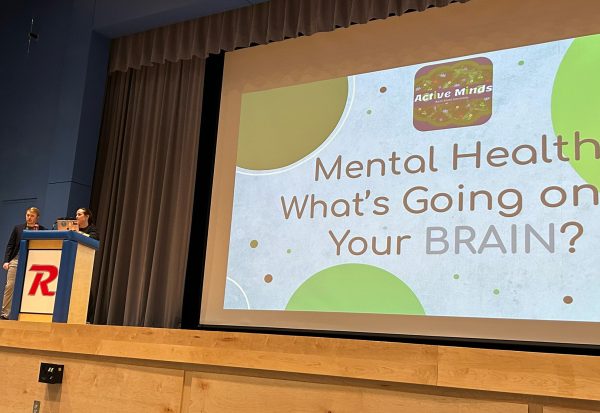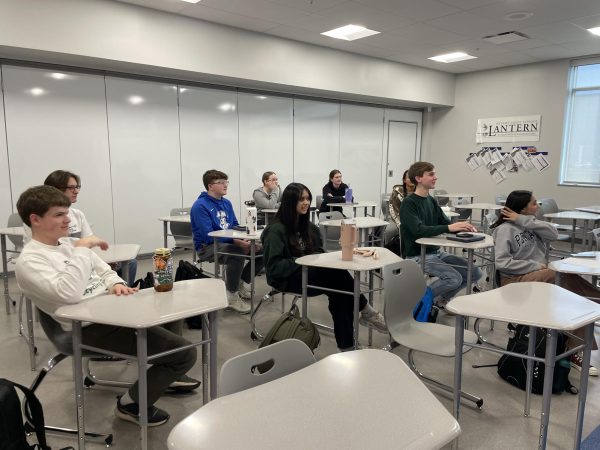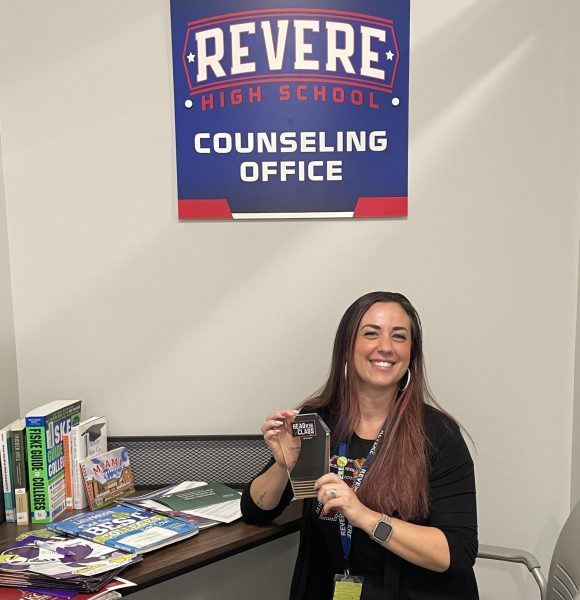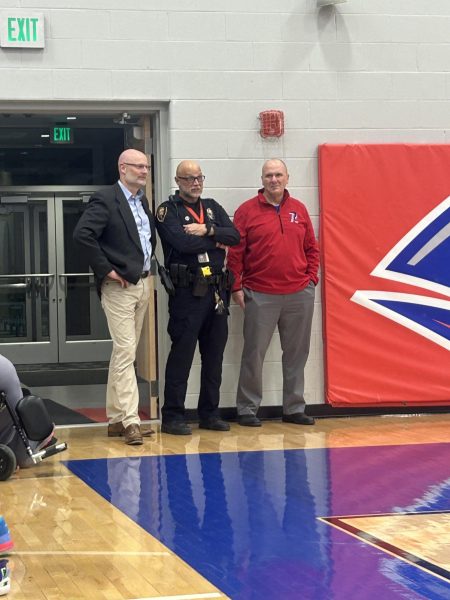New precautions taken as COVID-19 pandemic progresses
Graph displaying amount of COVID cases in the surrounding school districts.
As COVID-19 cases both within Revere and in Summit County continue to rise, Revere High School continues with in-person learning.
When determining which schedule and style of learning the district will follow, Revere Superintendent Dr. Matthew Montgomery uses a variety of factors. There is no specific number of cases that would lead the district to go remote. Montgomery explained the major factors that contribute to the schedule Revere will follow.
“The matrix is a combination of data points including absenteeism [students and teachers absent within the building], the Summit County color rating, state/federal guidelines, COVID numbers by zip code, number of area hospitalizations, number of confirmed cases in the county and national CDC updates,” Montgomery said.
In an attempt to increase necessary transparency between school officials and families, Revere has created a dashboard that displays the COVID numbers within the school. Revere staff updates the dashboard, which displays the Coronavirus cases of the students and staff within the district, daily. In prior weeks, the district has displayed the amount of students and staff that were quarantined as a result of being exposed to a COVID positive person at school, but now is no longer reporting those numbers.
Looking at data both within the district and the country, Montgomery has determined that the amount of quarantined people could potentially look like a false representation of how COVID is spreading throughout the district. Although the quarantined numbers were accurate, they created confusion with the number of students with the virus. Following CDC guidelines, anyone who was within six feet of the infected person for at least fifteen minutes beginning two days before the infected person had symptoms or tested positive needs to quarantine for ten days (this has recently been changed from fourteen to ten). This leads to high numbers of quarantined students out of an abundance of caution, and does not show the true amount of students that have tested positive. Montgomery explains why Revere is no longer displaying the number of quarantined staff and students.
“We are no longer reporting quarantine numbers because they are not a true reflection of how the district is doing. To date, we are not finding anyone in quarantine testing positive for COVID,” Montgomery said.
Despite the rising cases, Revere plans to stay in person as long as possible. Montgomery believes that gatherings outside of school are the main factor contributing to the high cases. Especially with people gathering together over the holiday season, cases are destined to rise.
“Small and large social gatherings are contributing greatly to the spread of COVID,” Montgomery said.
In addition to believing that it would ultimately be safer for students to be in person rather than at home COVID wise, Montgomery believes that virtual learning compromises students’ social, emotional wellness and other needs that would not be as easily recognized at home.
“Social-emotional wellness is top of mind, as well as providing food, internet access and a host of other needs that not every child receives in their home life. We know many kids are having difficulties at this time, and they need school support,” Montgomery said.
There is virtually no way to keep COVID cases out of the school, no matter the protocol and precautions that the school is taking. Ohio Governor Mike DeWine spoke about schools’ actions across the state in a press conference on November 30th, 2020.
“Schools are doing a good job. Teachers are doing a good job. Administrators, office personnel and the kids are doing a good job, but it is very hard to keep it out of schools,” DeWine said.
Ultimately DeWine is giving families and school districts the power to choose what level of precautions they will be taking. As cases continue to rise, more districts are transitioning to a hybrid or virtual system, where students are not in direct contact with other students and teachers.
“We’ve left to the schools and to the parents to make the decision about what the kids and whether they go remote, hybrid or in person. But what’s happened is . . . more and more schools have pulled back either for a week, two weeks or sometimes until after [January first,]” DeWine said.
A lack of staff or students may force a school to shut down, no matter a school’s intent. With COVID spreading within staff of an entire section of the school needing to quarantine, this is a likely situation.
“They can’t put teachers in a classroom, they can’t put bus drivers driving buses, or they’ve got a whole bunch of kids who are quarantined. So this is something that is naturally organically happening around the state, not based on our orders, but rather on the reality that these schools are seeing,” DeWine said.
With the number of cases approaching a necessary shut down of school, officials remind everyone that what you do outside of school has a drastic effect on what goes on inside school. Instead of focusing on what is happening inside of a school,
Dr. Anthony Fauci, Director of the National Institute of Allergy and Infectious Diseases, agrees that the majority of cases within schools can be traced back to spread within the community. Fauci explained the effect of community spread on Good Morning America, reinforcing the importance of safety outside of the school building.
“The best way to get schools open is to decrease the rate and level of infection in your community. . . As a community we need to pull together instead of trying to determine should you go into school in this particular zone. Get out of the red [highest rate of spread] zone, get your community, your city, your state into a yellow or a green [lowest rate of spread] zone and that would be much safer to get children to school,” Fauci said.
Another concern is COVID spreading within the hallways of the school. The staff encourages social distancing in between class changes, but the hallways still remain congested. Although full during passing periods, the time spent around other students is typically not long enough for COVID to spread. Following CDC guidelines, a person’s highest chance of contracting the virus after being exposed for at least fifteen minutes, which is more than three times what a person spends in the hallway.
“Traffic in the hallways is not known to be a contributor to a rise in COVID cases. However, I have spoken to high school administration to see if there is a better solution,” Montgomery said.
Montgomery reminds everyone that no matter who you are, COVID can still affect you. Wearing a mask and social distancing remains essential.
“Cases are rising across Ohio and Revere is not immune,” Montgomery said.
